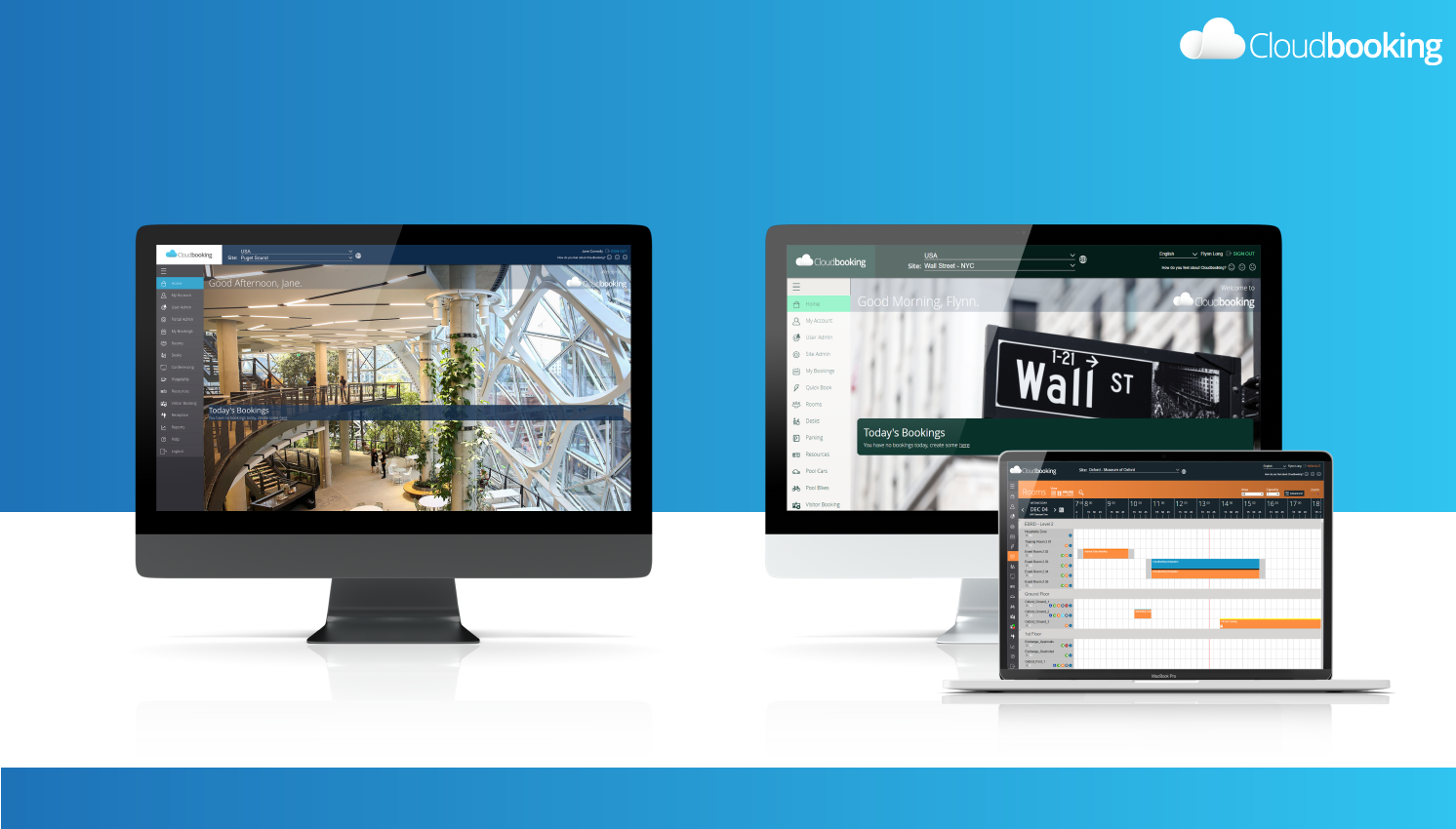
In recent years, the terms hybrid working, agile working, and flexible working have all become fairly common. But they are often misused, and even business owners become unclear what their teams are asking for. It all comes down to the physical workspace and its evolution in the last three years.
It’s important to understand the differences between agile, hybrid, and flexible working. As job seekers and existing employees reexamine their work/life balance, business owners and managers need to be on the same page. The physical workplace has changed, worker expectations have evolved, and the workplace is likely to never be the same again.
Here’s everything you need to know to understand the difference between agile, hybrid, and flexible working.
What is flexible working?
With hybrid and agile working, the focus is on where employees work. With flexible working, the focus is on how and when those employees work. Flexible working was one of the first major shifts away from traditional working models, and it’s proving extremely popular. It’s largely concerned with the HR-related and organizational elements of a business and its demands on employees.
If workers want to break away from the nine to five, flexible working allows them to be more fluid about when they choose to get their work done. If the pandemic highlighted anything, it was that people have very different priorities and commitments. Flexible working allows your teams to work when it best suits them.
So they could be working through the night, or they might wake up extremely early to get through their daily workload and be finished in time to pick the children up from school. Whatever your team’s commitments, flexible working allows them to meet their responsibilities while still getting their work done.
Workplaces that accommodate flexible work are immediately more inclusive, meaning people will want to work there. And it’s not a challenging work style to adopt. It simply means being flexible in terms of your workplace culture and having the attitude that flexible working comes with plenty of advantages and very few tangible disadvantages.
Since the pandemic, people are reexamining when and how they work and realizing that they work most effectively at times other than the traditional nine to five. Fitting work around lifestyle is the goal of flexible working, rather than fitting lifestyle around work.
What does a flexible workplace look like?
Well-designed, flexible office space will blend transitional office features but with a focus on collaboration. There will likely be traditional desk arrangements for the team members who prefer to work nine to five in the office, but there will also be meeting rooms designed to accommodate office-based and remote colleagues.
If flexible working aims to get the best out of your employees, flexible workspaces need to be designed to allow teams to unleash their full creative and collaborative potential. When that’s achieved, teams can tailor their ways of working to align with their work schedules. The business then benefits from improved employee engagement and a boost in employee wellbeing, which is good news for your productivity and potential to grow.
What is agile working?
At its most basic, agile working is an extension of the earlier flexible working method. In an agile work environment, team members can work from where best suits them, and employers provide the work settings that are most conducive to productivity.
The result is that teams have more autonomy over workplace location and how work is completed. It’s less contractual — there are no fixed rules regarding being nine to five and office-based. Agile working was the first working style that truly reflected the tech advances that allowed for remote working. But an agile working environment can mean a lot more than that. It’s about both individual and organizational agility.
Agile work is simply more mobile and can be defined by each employee depending on their needs and how they like to work, where, and when. It requires a whole new level of responsiveness as a business owner and needs to consider completed workloads and the design of the office environment itself. Can the office space be easily reconfigured when employees show up at the office for a meeting?
If flexible working is all about when people do their work, agile is focused more on where they work. Agile working has been growing in popularity, even before the impact of COVID-19. Employees can get out of their cubicles and away from their desks and use their physical workspaces as, how, and when they need to. Hot desking was the first widespread introduction of a more agile approach to work.
What does an agile workspace look like?
Agile working means taking a fresh look at office design. The office will need to be multifunctional and highly adaptable to evolving needs, tasks, and workloads. Some changes, such as wheeled furniture, modular designs, and even the space itself, need to be multipurpose and reconfigurable. There’s also the need to integrate more diverse and accessible technology into the agile workspace, so that team members can access technologies even when mobile.
Variety is also a core component of the agile workspace. Breakout areas and collaboration spaces need to combine with the traditional desk or cubicle-based workspaces so that teams have access to the spaces they need when they need them. Hot desking is common in agile workspaces as it becomes part of the fabric of behavioral design.
With an agile workplace, employees find themselves in a more dynamic working environment that can be invigorating and efficient. Agile work environments make it much easier to strike the right balance between responsibility and flexibility while offering environmental support for a wider range of work activities. Agile working goes beyond flexible working and eradicates the boundaries that have always been placed between employees and their goals. It can turn even the most cumbersome business into something far more adaptable and efficient.
What is hybrid working?
Combining aspects of both agile and flexible working, hybrid workspaces have grown into one of the biggest workplace trends in a post-pandemic world. If agile working gives teams autonomy over where they work and flexible working provides more freedom over when they work, a hybrid working policy provides both.
The office has become a place where you no longer have to go from Monday to Friday, nine to five, chained to a desk until the bell goes. The original intention of hybrid working was to give employees the office space they need for collaborative work and the option to do “quiet work” at home. That idea failed somewhat because going to the office for a full day of collaboration is rare and unappealing.
So offices need to be designed to consider real-world applications, with a clear focus on the complex nature of evolving interactions, places, and the business tasks that need to be done. With fewer firm barriers to workplace location, employees can work from home, pop into the office for a meeting, or get their work done from a coworking space or even the local coffee shop. Wherever that employee feels they will be delivering the most value and productivity, that’s where they’ll go.
That means a change in office design. Desk numbers may not need to be so high if fewer people are in the office daily. Collaboration areas need to be extended. The office needs to become an optional yet appealing destination. It’s all about providing teams with choice and control, which is good news for both employee wellbeing and performance.
What does a hybrid workplace look like?
The biggest challenge of designing a hybrid workspace is occupancy numbers. These are likely to fluctuate, even from day to day (and in some cases, hour to hour). Office layouts and the furniture itself need to reflect those fluctuations. In general, most businesses making the shift to a hybrid working model find they no longer need large office spaces, so they can downsize and potentially save a lot of their operational budget.
The priorities of a hybrid workspace include providing desk positions but making them bookable through a desk-booking system. There will also need to be contact points, quiet spaces equipped with video conferencing tools, and shared open spaces encouraging collaborative discussion, all of which require full hybrid work software to manage. The office itself will need to be designed with hybrid teams in mind.
Agile work vs flexible work vs hybrid work
The pandemic has changed the world in many ways, but the impact on the workplace has been largely positive. Employers and employees alike have been empowered to reimagine what it means to work and how they work. However, making the shift to agile, hybrid, or flexible working needs to be tackled with a foundation of in depth planning followed by pinpoint execution.
There can be pushback from blinkered bosses who assumed these new ways of working would be temporary. But these new, more adaptable ways of working are not some kind of novel experiment. They are in demand, and as we go through an ongoing “great resignation,” employers need to find ways to appeal to top talent.
Hybrid, flexible, and agile workspaces aren’t the answer to the temporary problem of COVID-19. They are a solution that embraces the very future of work itself. By looking for ways to improve and restructure work, communication, mental health, and safety, workspaces can be restructured and redesigned to encourage maximum productivity, efficiency, and wellbeing.
Come the day we can finally say the pandemic is over, the workplace we’re left with will be a much healthier and happier space.
Let the Cloudbooking experts help you to create an agile, flexible or hybrid workplace. Contact us now for a no-obligation product demo.


